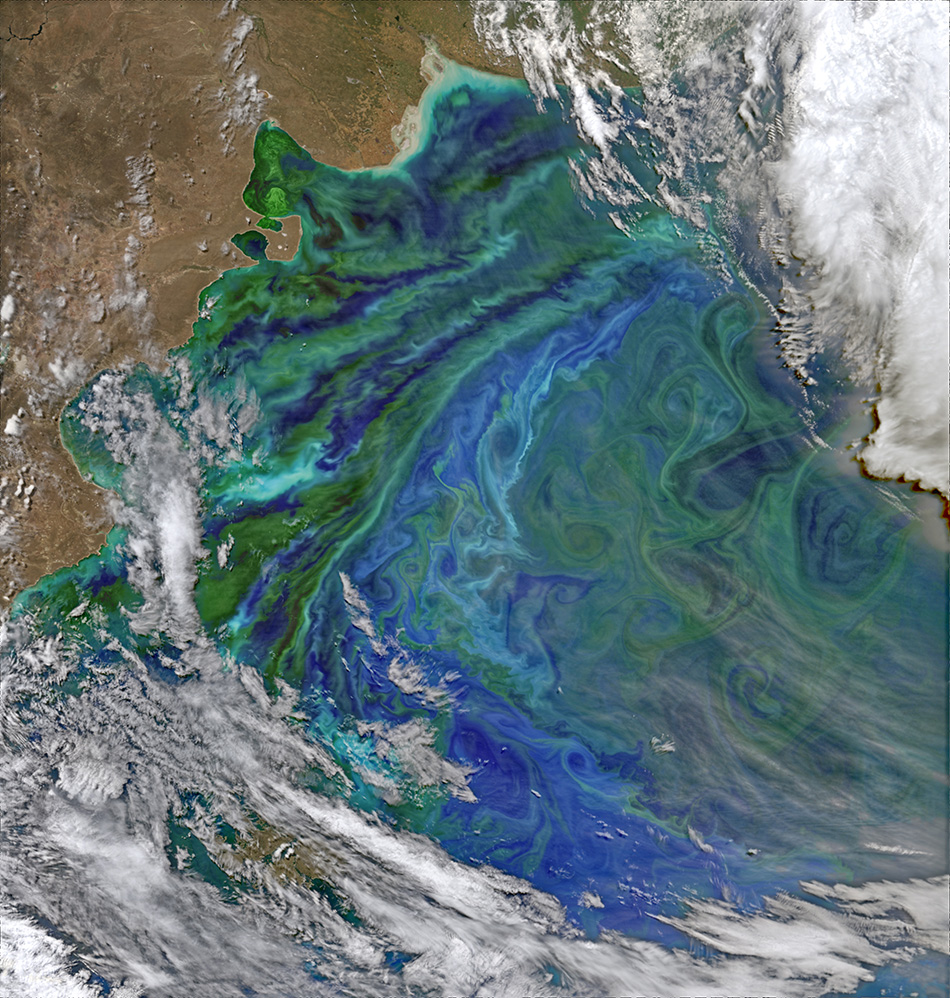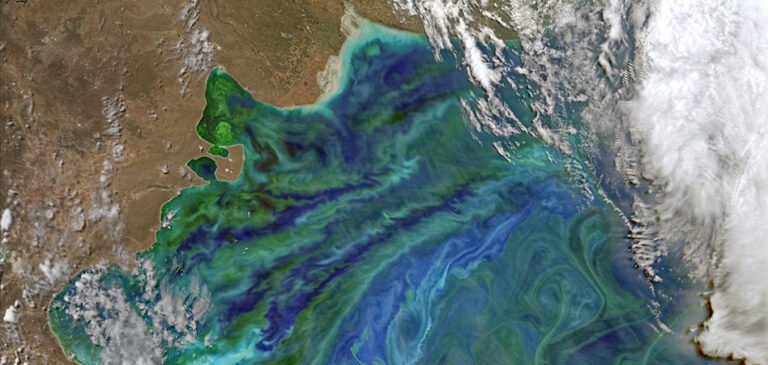A number of scientific papers have been released that show a wide range of phenomena across the atmosphere, oceans and land may be predictable a decade in advance.
The papers detail studies that were undertaken using the Decadal Prediction Large Ensemble (DPLE). The DPLE is a freely available database of model simulations developed and housed at the National Center for Atmospheric Research (NCAR).
According to the papers, an increase in the likelihood of a Greenland block – a bulge of high pressure that stalls over Greenland and can cause extreme weather both in North America and Europe – could be predictable years in advance.
Other phenomena that could be predictable years in advance include changes in ocean acidity in the California Current System, which sustains rich and economically important fisheries, as well as fluxes in the amount of organic matter produced by phytoplankton in the ocean, which forms the base of the marine food pyramid.
The DPLE was created to enable scientists from across disciplines to probe for aspects of the Earth system that might have elements of predictability on a decadal timescale, bridging the gap between seasonal forecasts and climate projections.
“It’s been two years since we’ve released the data set, and what we’ve learned has exceeded our expectations,” said NCAR scientist Steve Yeager, who led the project. “Things people never thought were predictable, we’re finding predictable with DPLE.”
The DPLE data set comprises 64 individual ensembles, one for every year between 1954 and 2017. Each ensemble consists of 40 members running forward a decade in simulated time. In total, the data set contains 25,600 simulated years of climate information. The simulations were created by the NCAR-based Community Earth System Model (CESM) and run primarily on the NCAR-Wyoming Supercomputing Center’s Cheyenne system.




